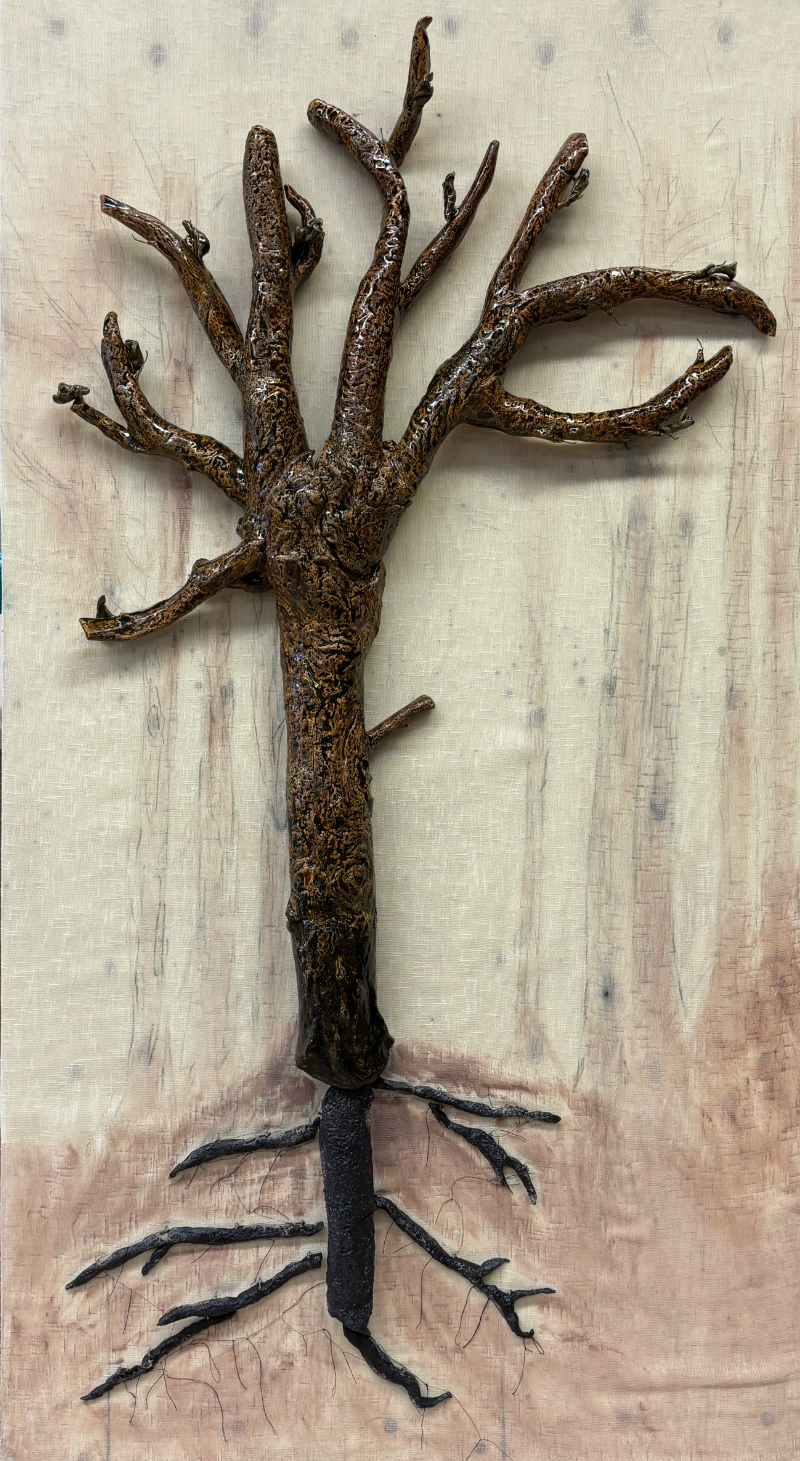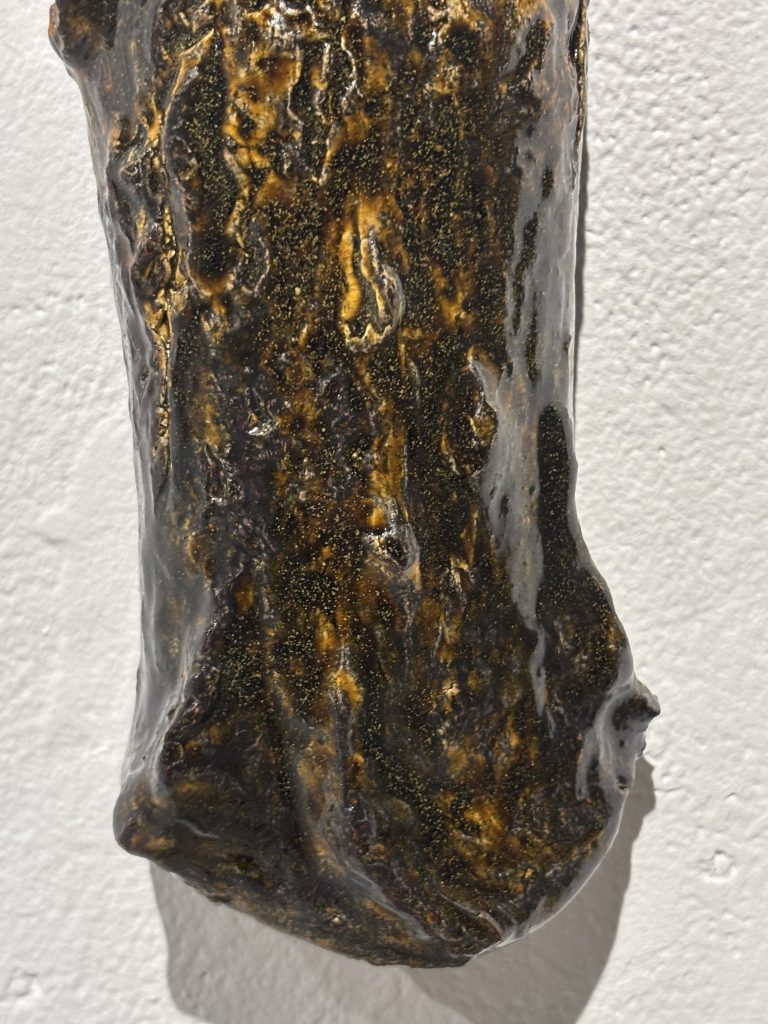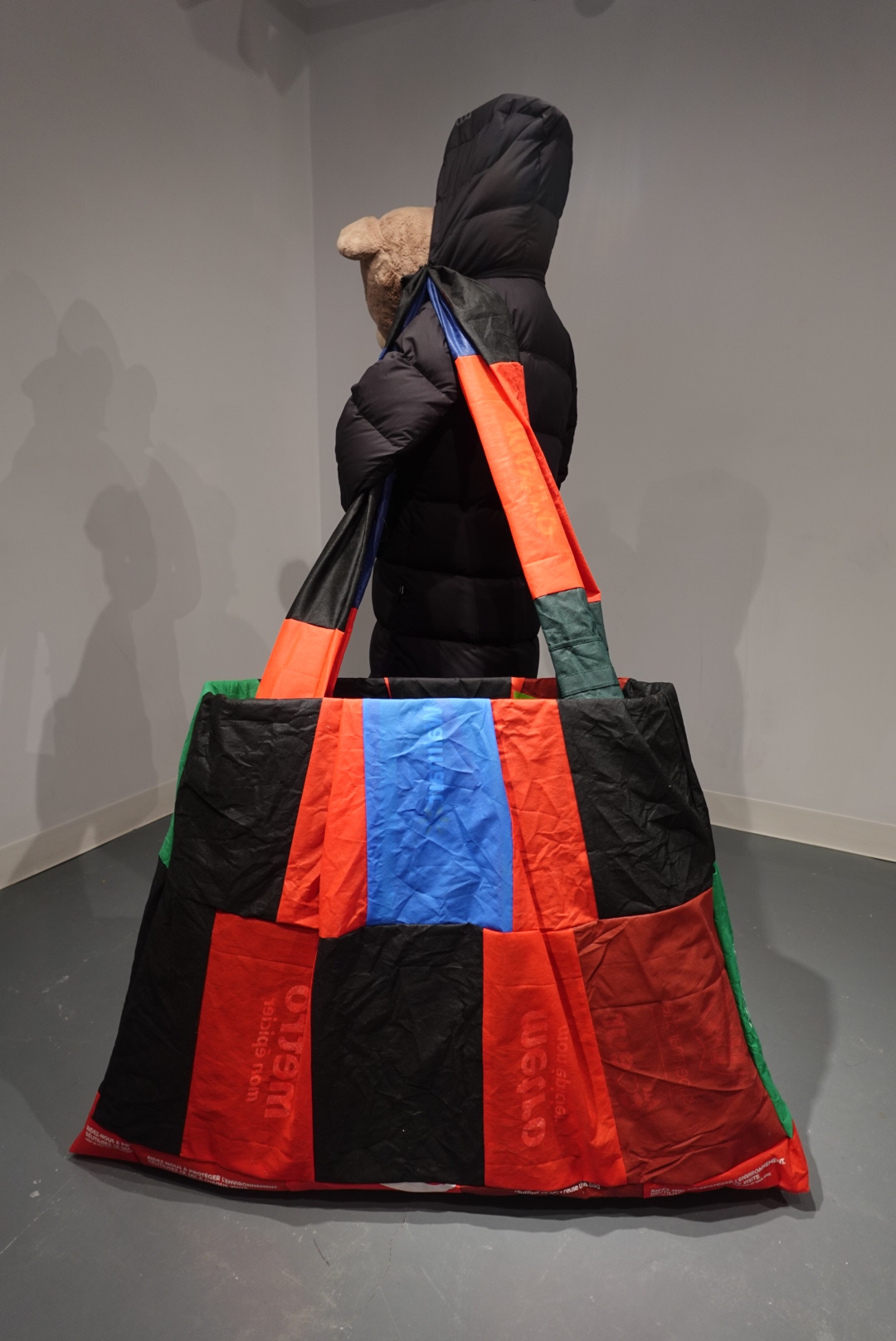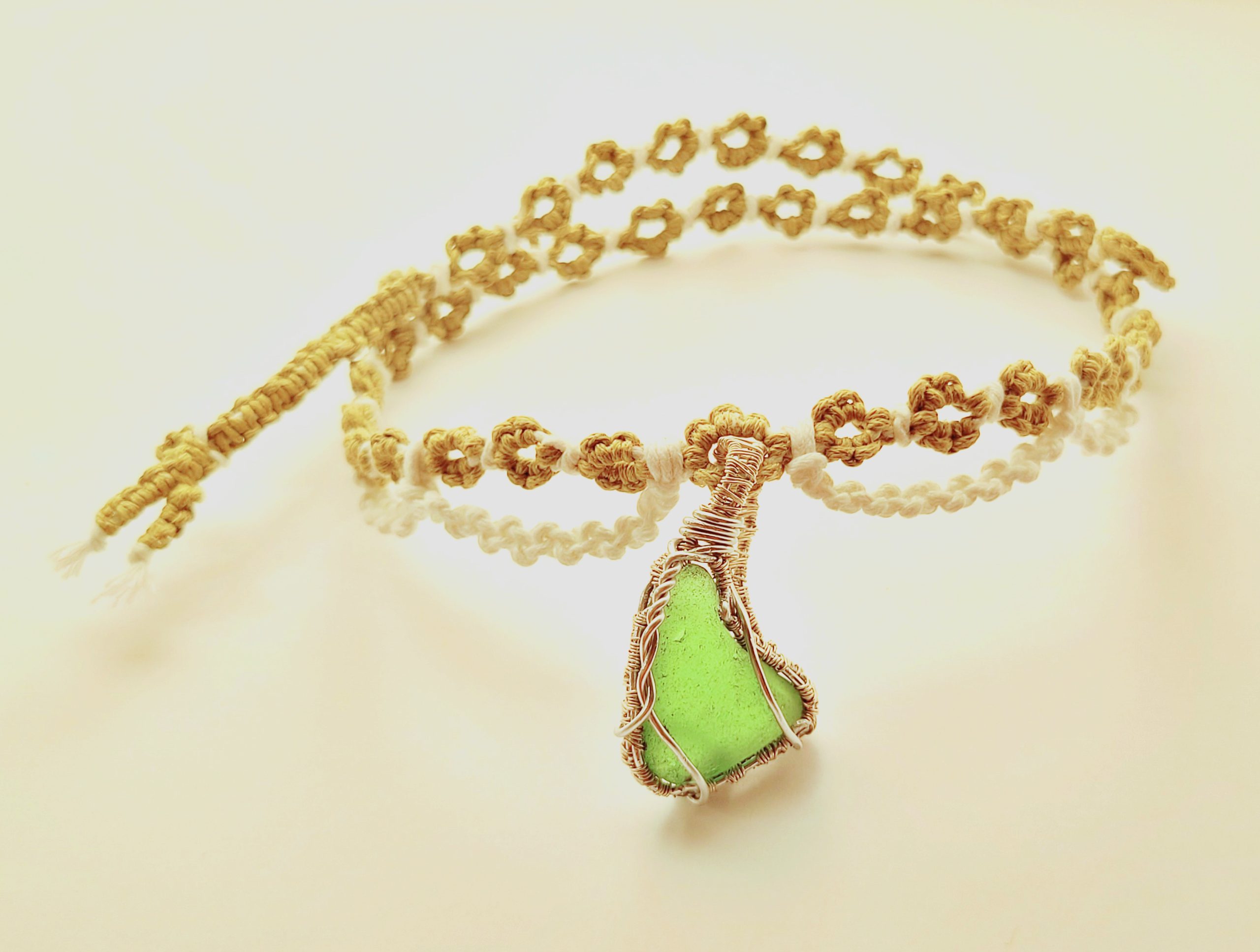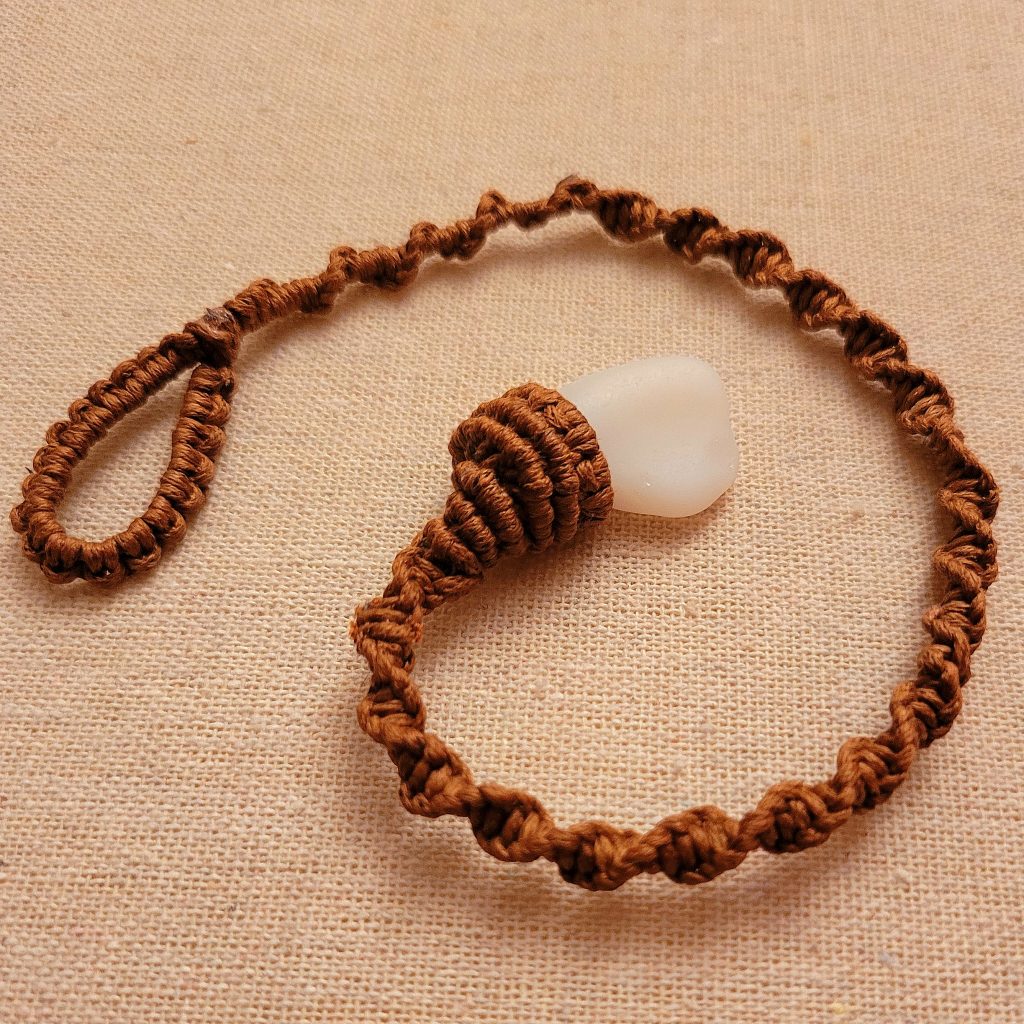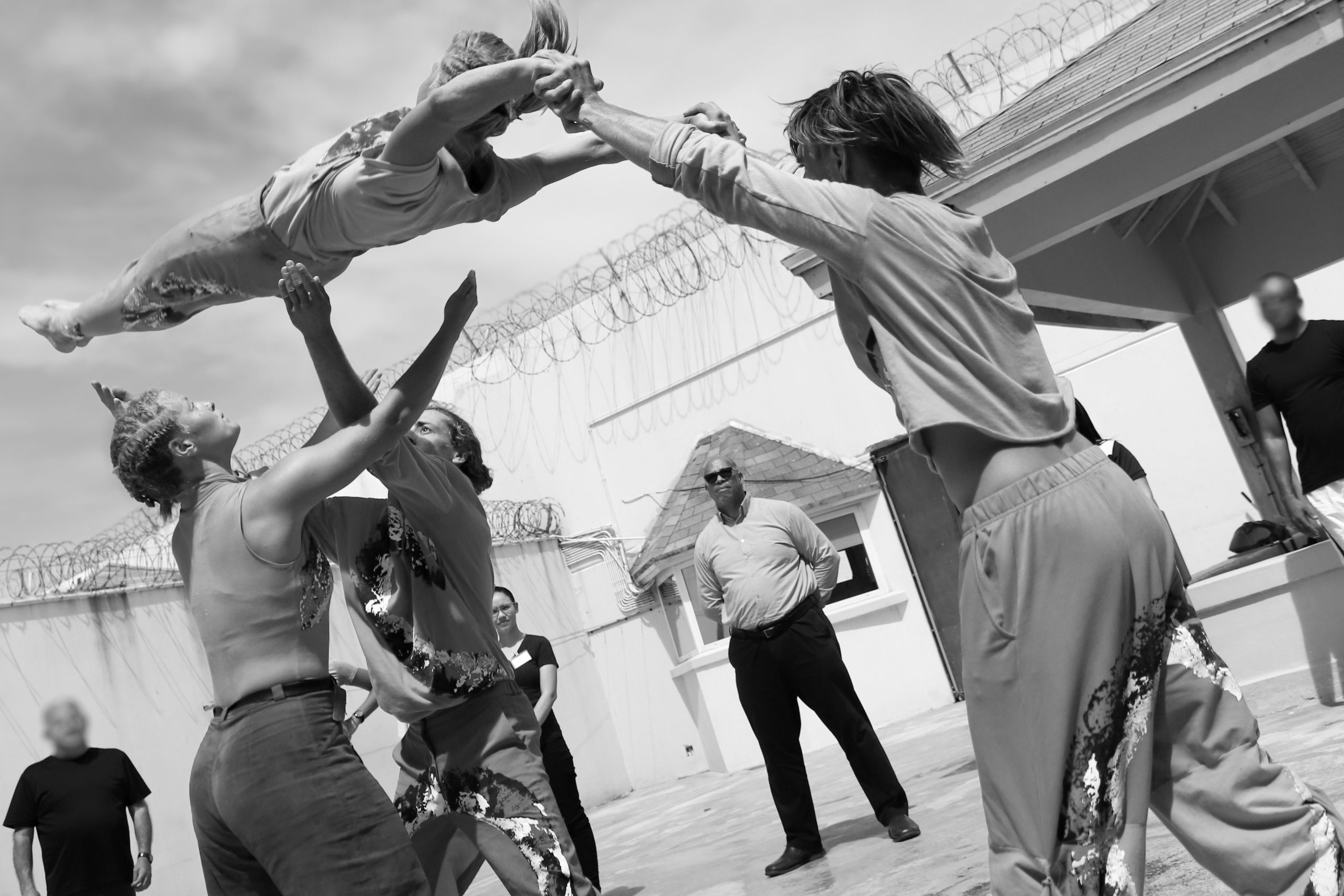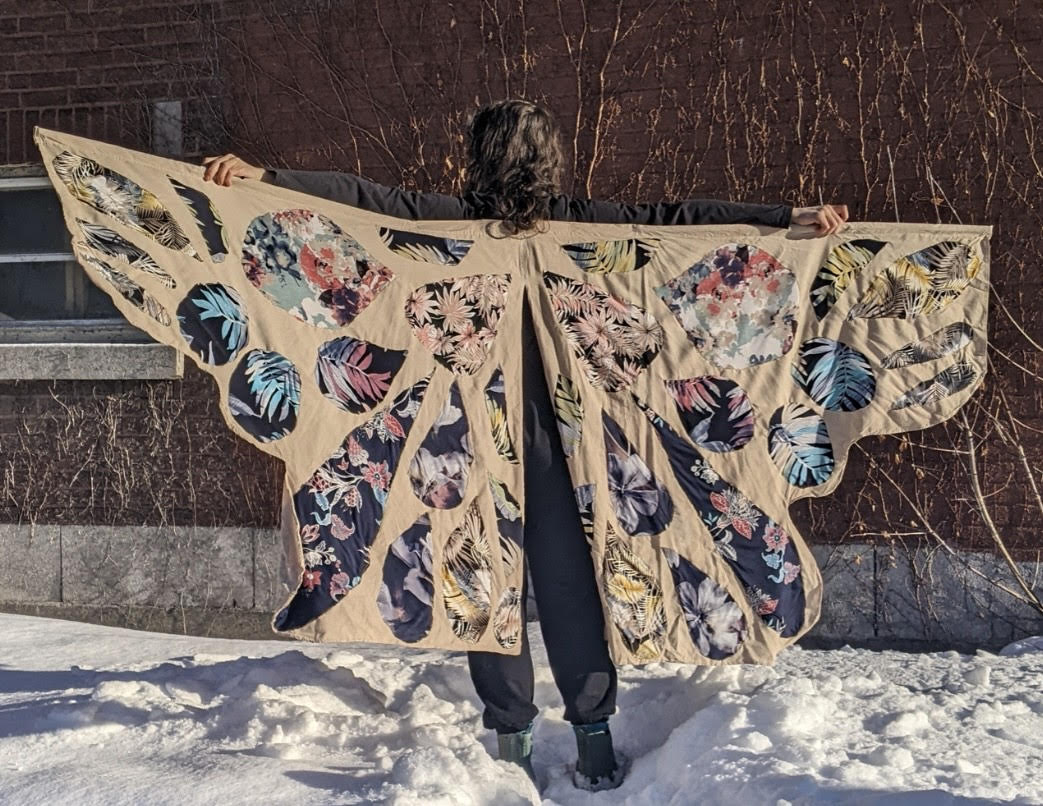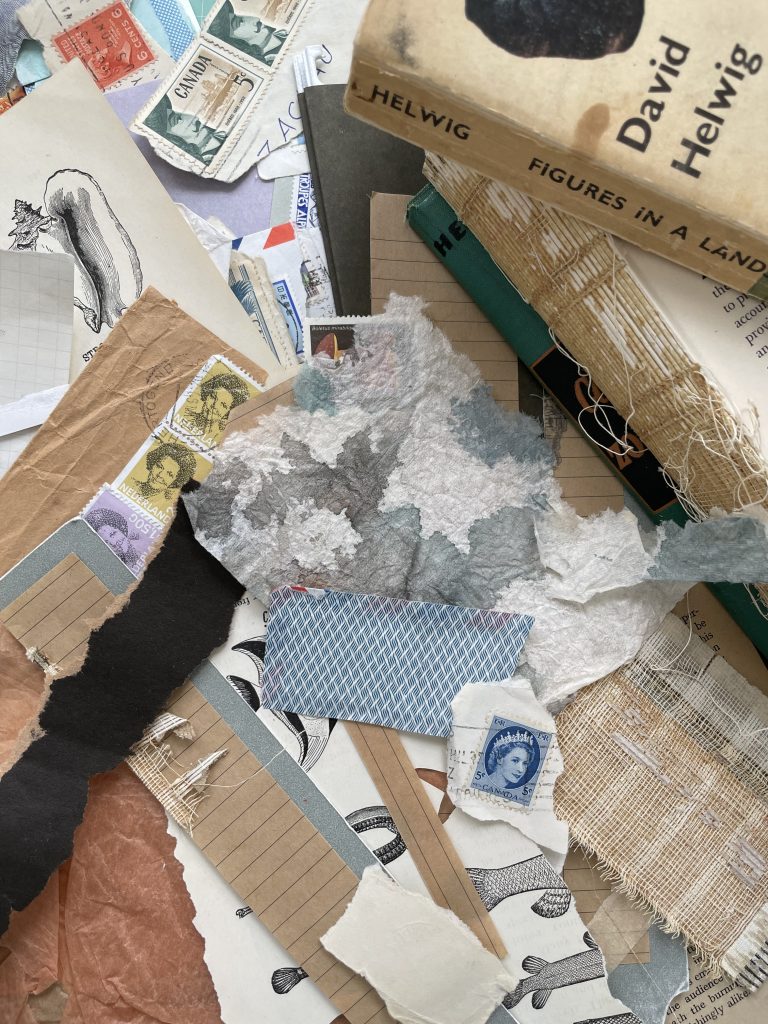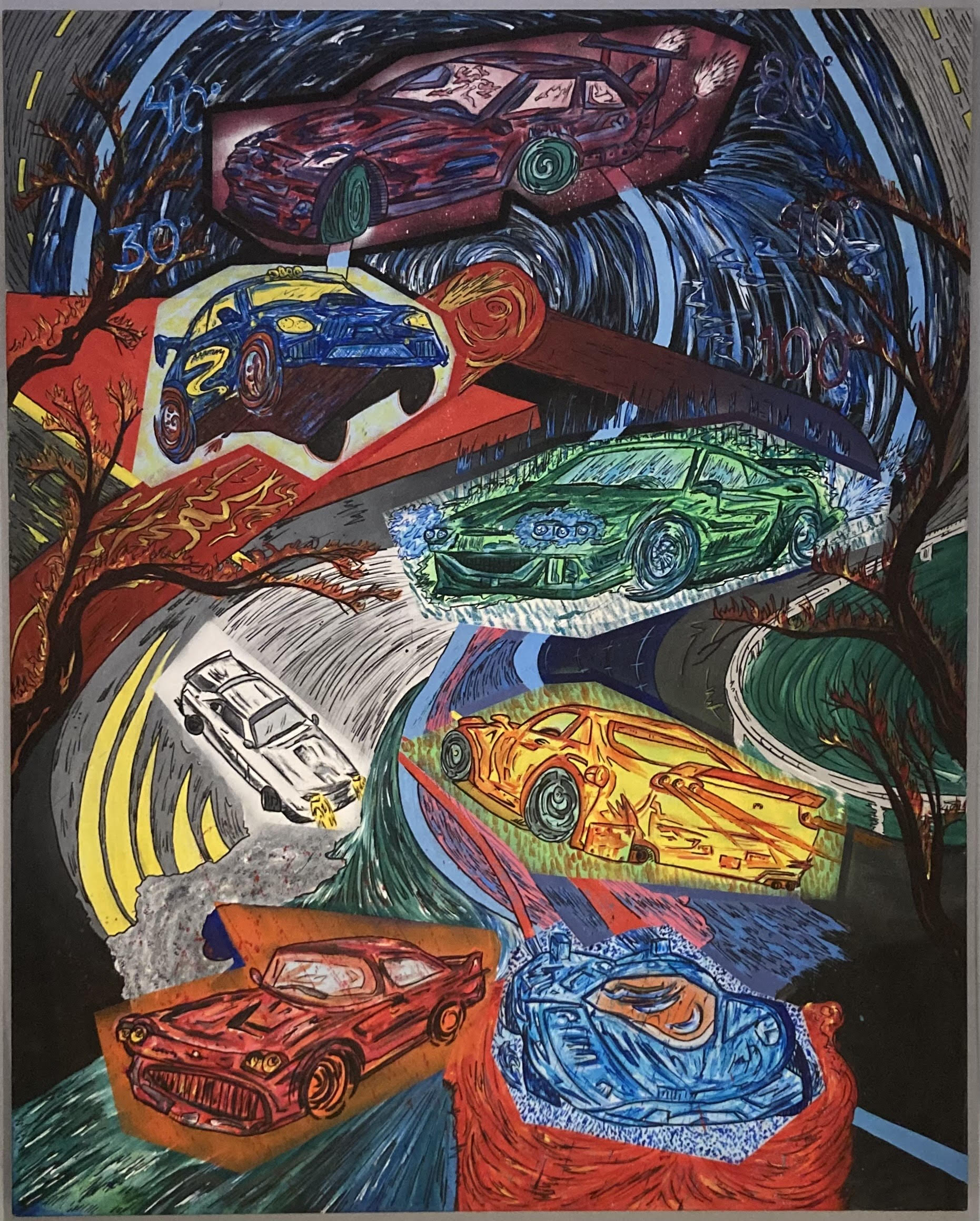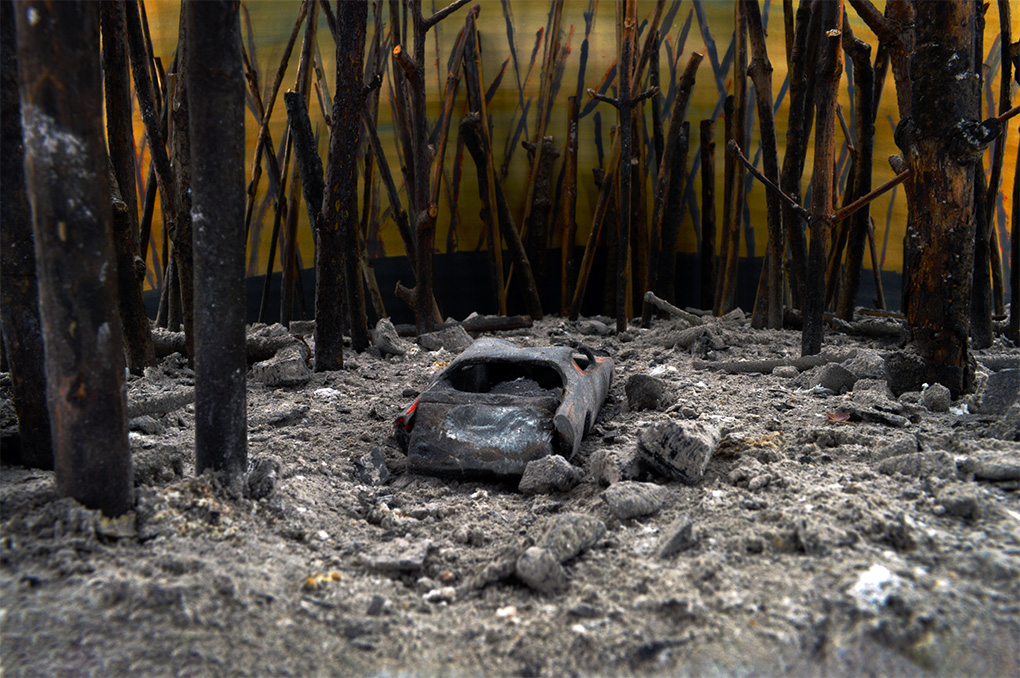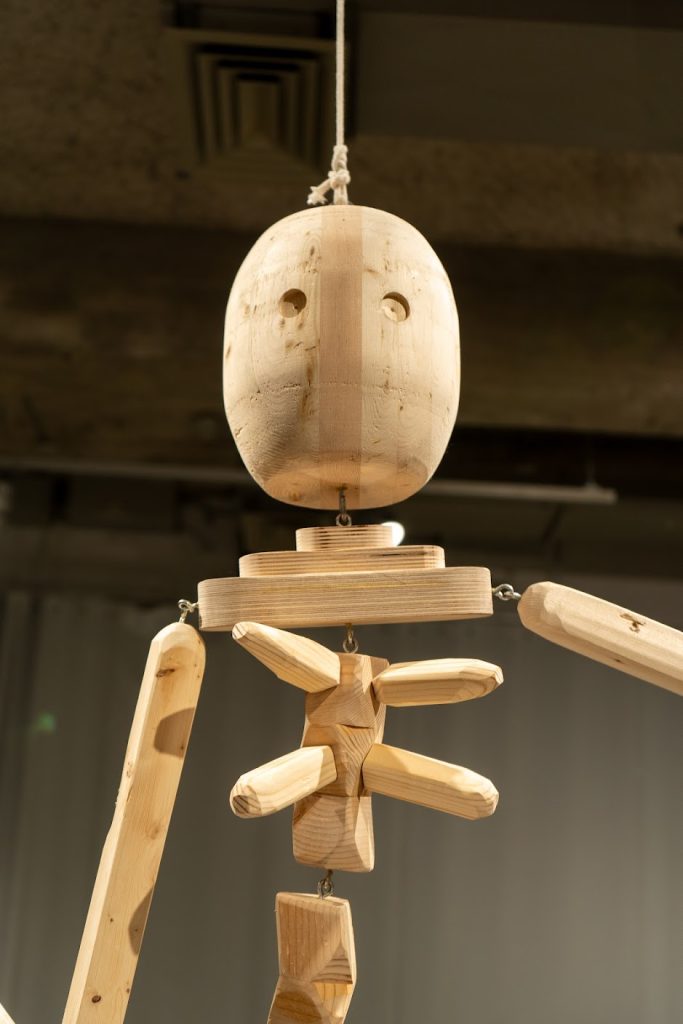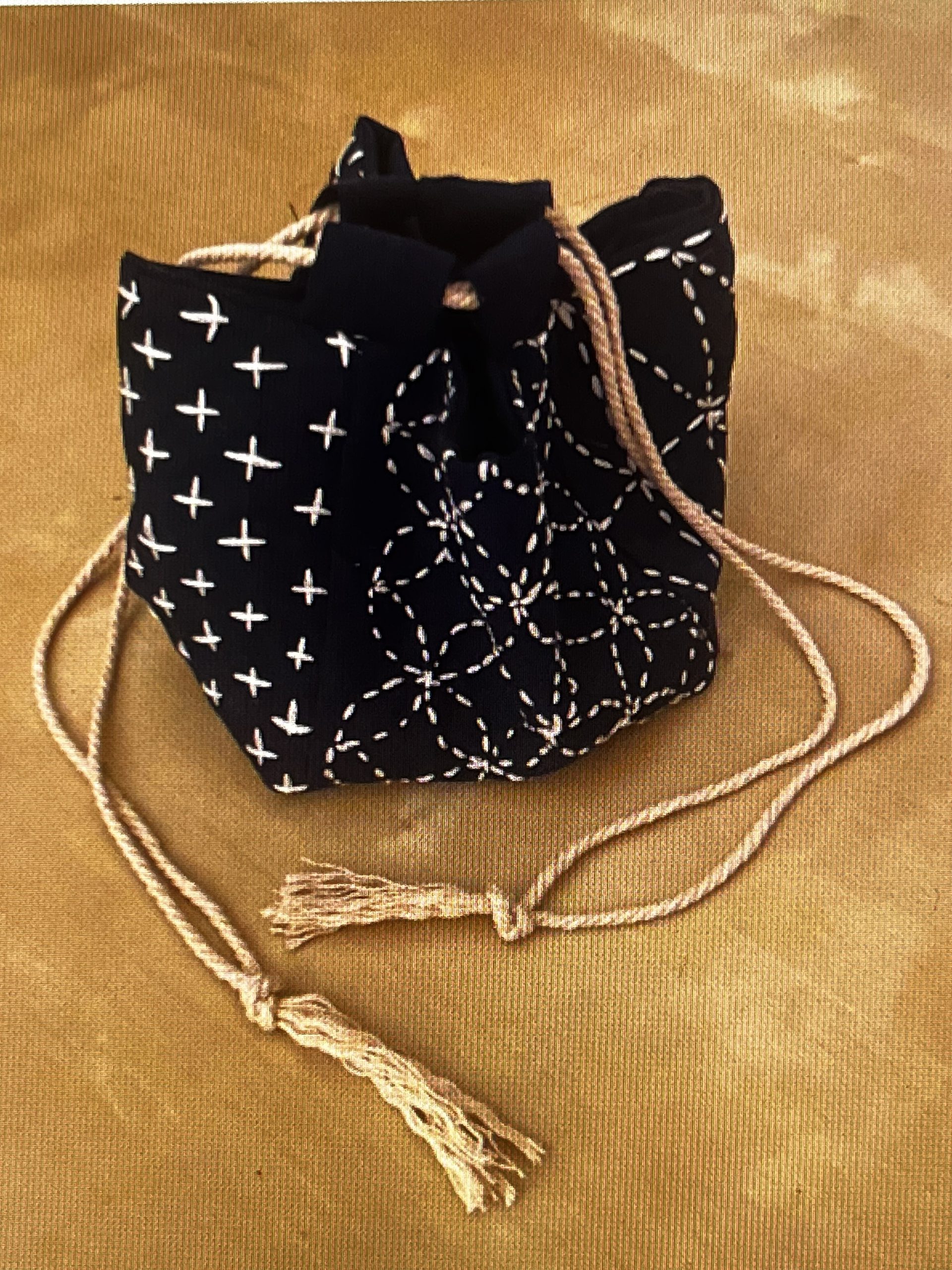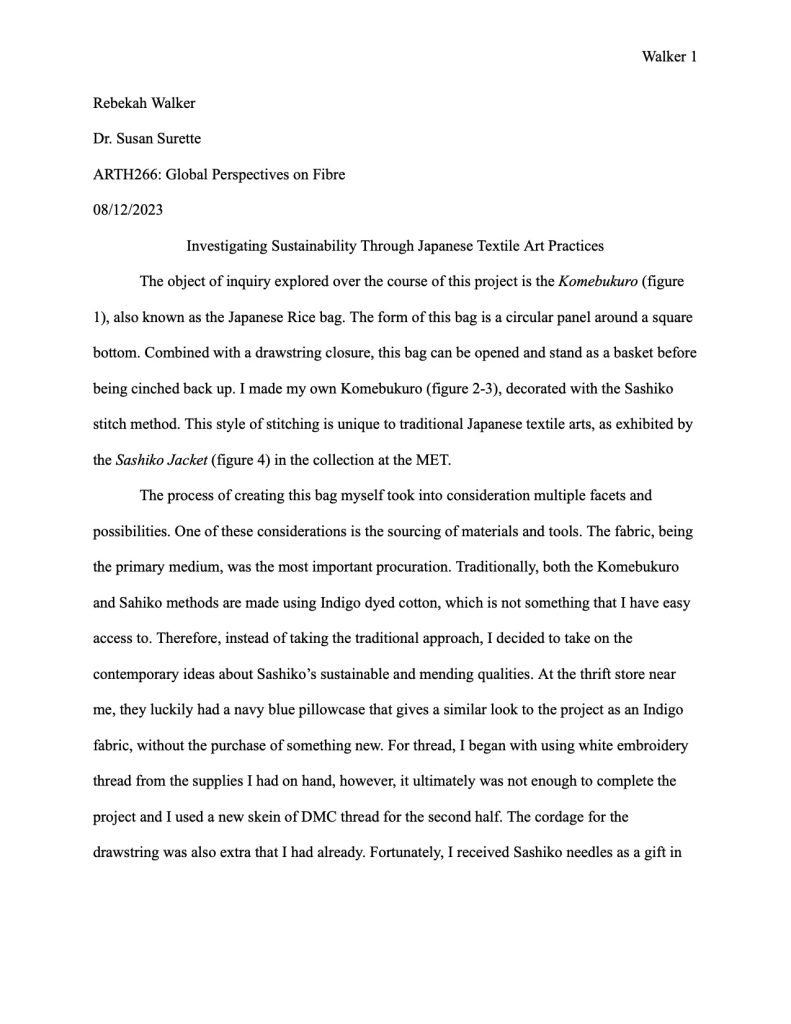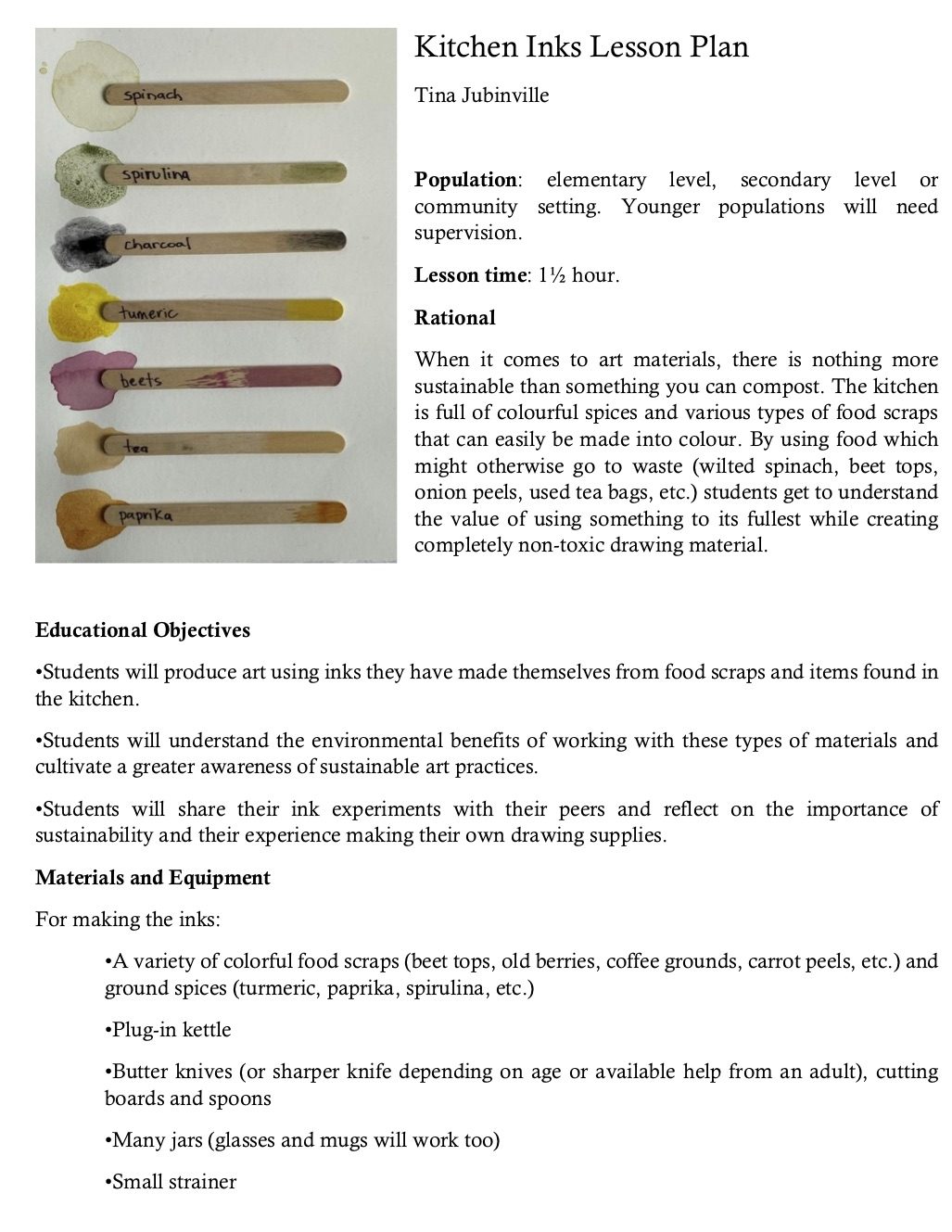Adélie Nassar (she/her)
1st year, Art Education
Make Your own Paint!
Lesson plan
Colour Wheel 28 x 28
wooden ceiling molding, moss
Artist statement:
Adélie Nass is an undergraduate student currently enrolled in the Art Education program. She views her art practice an act of-self care and a way to positively impact her environment through innovative, creative and imaginative means. Nass is particularly interested in working with discarded items, finding their potential to be reused and transformed into practical art pieces. This passion led her to create a lesson plan based on making paint from sustainable materials. The lesson plan experimental, collaborative, and inspired by nature. It emphasized using readily available resources, without relying on manufactured products.
View the first page of the lesson plan below, or click here to download and view the entire lesson plan!


